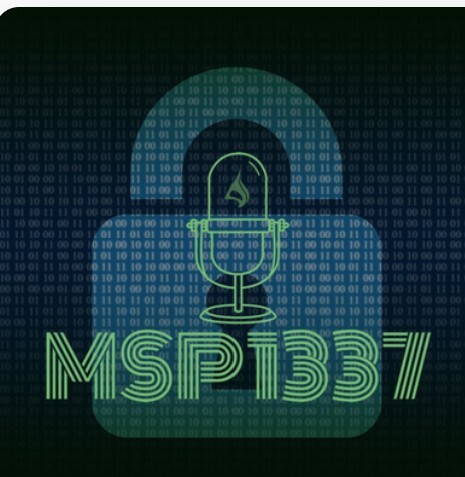
Let’s face it, managing a critical incident has never been a walk in the park. Even, in the “good old days,” before the great cloud revolution and the onslaught of digital transformations, an incident often meant mayhem.
Processes were manual, time consuming, difficult to execute, document, and learn from. Getting all the right people in the “same room” at the right time – was nearly impossible. Lots of time was wasted chasing down the right folks.
Problem is, not much has changed over the years. You’d think that the advancements in technology would/should help this situation evolve into something more structured, manageable, and streamlined. Unfortunately, just the opposite is true.
The Double Edged Sword of Technology
Consider the following two very big flies that have been brutally thrown into the incident management ointment:
The Cloud: Migrating platforms, systems, and applications to the cloud, whether public or private, introduces a whole new level of challenges. Now, the incident management team has to learn and deal with an even broader set of technologies that are new and complex (microservices anyone?).
Automation: Indeed, automating rote, manual tasks frees up time to concentrate on more strategic assignments. Yet, when an automated task, that is one in a series, fails – a great bottleneck can result, with an impact that is on a much greater order of magnitude with a much more extensive downstream impact.
With the ripple effect being bigger than ever– the urgency of restoring order when an incident breaks, has also never been greater.
Breaking the Chains of Tradition
The added layers of complexities to today’s IT reality, means that the traditional approach to incident management of utilizing static and siloed tools and solutions, is no longer valid.
Using one solution for alerting, one for communications, another for document management, and yet another for knowledge management is too expensive and inefficient. Time is money and when it comes to critical incidents, there is no time to be wasted.
The Modernization of Mayhem
Instead of lamenting the multiple challenges of the modern enterprise and the new burdens it places on IT and incident management teams – it is possible to turn that lemon into lemonade.
Namely, incident management can be taken to the cloud, automated, and modernized.
In fact, this is what we live and breathe here at Exigence. We love what cloudification, automation, and being mobile can do for turning mayhem into order and resolution. That’s why we put our platform on the cloud and make it accessible on all user devices, including mobile phone, tablet, and desktop.
We also believe in the value of being open and system agnostic, making it possible to connect to any organizational system with open APIs. We make it possible to integrate on our platform all incident related systems and manage it all through a unified interface.
As for automation – this is where we really pulled out all the stops. We have automated incident workflows, task orchestration, stakeholder coordination, and the sending of updates to stakeholders.
We believe in modernization through automation and that this is the key to making the mayhem of incident management – a thing of the past.
To learn more about how you can modernize incident management and say “so long mayhem, hello resolution!” – we invite you to reach out to us at info@exigence.io.








